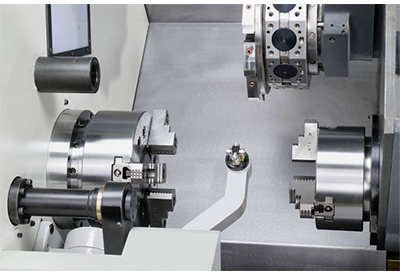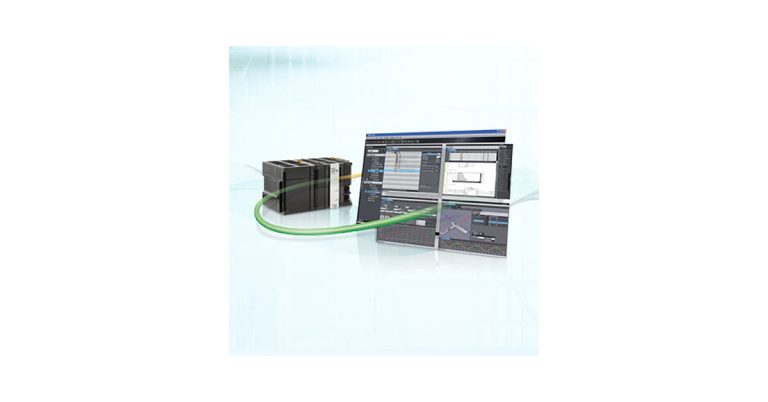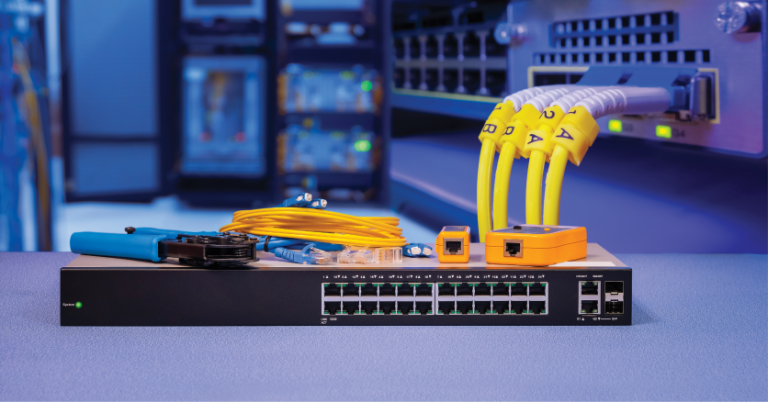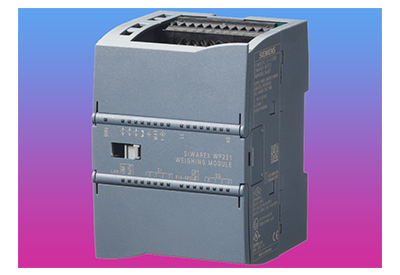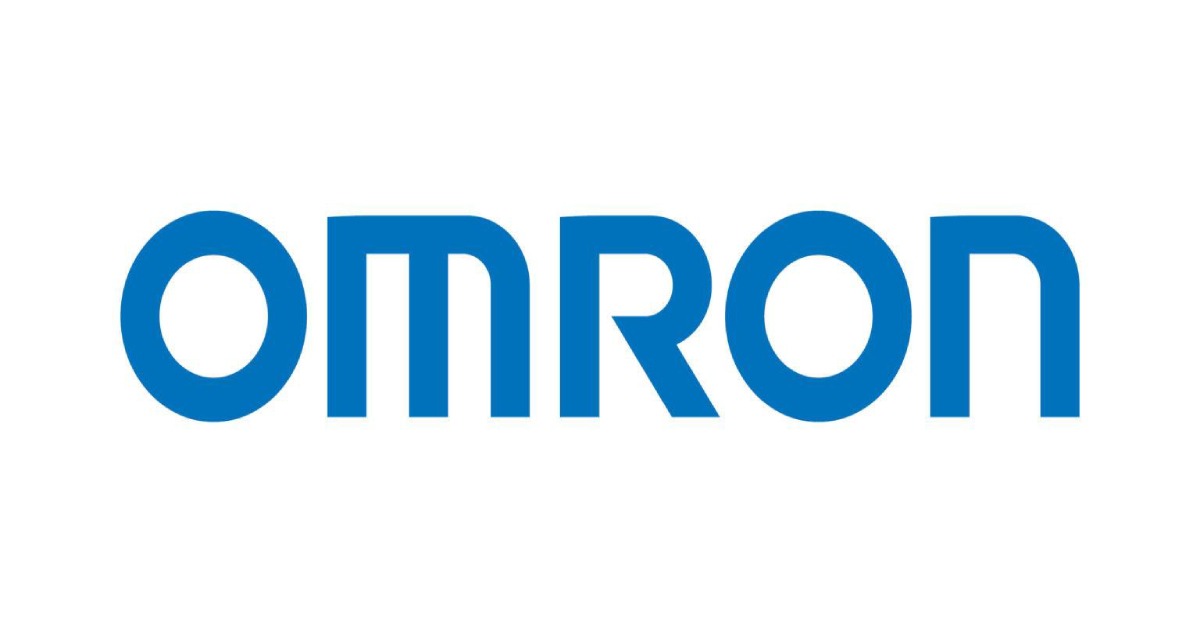IoT Security: Hardware Root of Trust

November 22, 2022
By Rob Lodesky, Key Account Manager, HMS Networks
IoT has steadily gained popularity in recent years with more users migrating to digitalized products and smart gadgets. As an increasing amount of IoT equipment comes online, many unsecured items will be vulnerable to remote software assaults. Inadequate security gives hackers the opportunity to brick and commandeer a device to help build botnets. These malware networks introduce unauthorized code, steal data, or exploit their hosts through some other means. Because device manufacturers want to safeguard their reputations, their IoT devices must be secure. With more laws, regulations, and standards being created in this vein, security cannot be imposed as an afterthought. This is where Hardware Root of Trust comes into play.
What is Hardware Root of Trust?
Root of trust establishes the secure process boot up chain, called Chain of Trust, used to validate software and hardware used on the device. If the credentials used to implement the initial piece of code are verified, each successive piece of code executed is trusted. A strong root of trust consists of identity and cryptographic keys rooted in the hardware of a device. This establishes a unique, immutable, and unclonable identity to authorize a device in a network. It enables a secure boot process using keys for cryptographic operations, ensuring the authenticity of firmware and software until the OS (Operating System) is loaded.
How is Hardware Root of Trust Implemented?
Hardware root of trust can help with a range of security issues that are primarily divided into pre-boot and post-boot. Pre-boot can use a computer chip called a Trusted Platform Module (TPM) to verify/measure integrity and secure the boot process from low-level malware. TPM assists with various activities during post-boot, including root of trust for authentication. Systems that deploy hardware root of trust will use unified extensible firmware interface (UEFI), which offers options such as “Secure Boot” that help prevent attacks or infection from malware.
How does the Root of Trust process start inside a processor?
There are essentially two methods: the battery backed storage of secret keys and Physical Unclonable function (PUF). PUF is widely held as the industry standard for FPGAs and ASIC processors. PUF starts with a physical microstructure. These microstructures can be random imprints of some substance, such as foam, plastic, or even silicon. The processor then uses challenge response authentication to measure this random structure. (Most people know challenge response authentication as username/password – ask for a username, type a username.) These random measurements work in the same way: the processor measures something withing the microstructure, and the microstructure is measured and validated. The problem with cloning, or making the process unclonable, is ensuring the manufacturing process could not replicate the microstructure.
What are some of the other phases of Hardware Root of Trust?
Typically, solutions start with an Immutable Boot Loader (sometimes using a PUF), which then starts the BIOS (Basic input/output System) or UEFI validation process. The Phase 1 process uses RSA or ECC private key encryption, sometimes using a TPM to build the keys necessary for the RSA and ECC cipher suites. If an OS is used, the loader is validated using the same private key encryption, then finally the OS, and application (if used).
What other hardware might be necessary for Hardware root of Trust?
If startup speed is a factor in your design, SSL accelerators can offload some of the algorithmic horsepower typically done by the main processor. There are now chipsets built for this specific purpose. Entropy generating hardware can be used to achieve proper random Key generation, although a PUF can also be used, to some degree.

